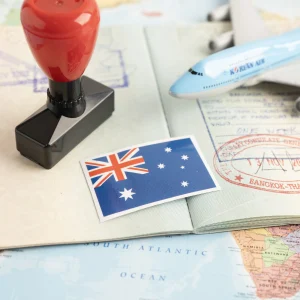Is the Skilled Work Regional Visa (491) a Reliable Pathway to Permanent Residency for US Citizens?
Australia’s Skilled Work Regional (Provisional) Visa, also known as Subclass 491 Visa, provides an opportunity for skilled workers from almost any country in the world, including the US, to live and work in any regional area in the world. It was mainly designed to overcome skill deficiencies and foster economic growth of the regional economy.









